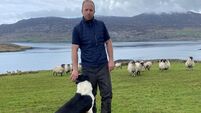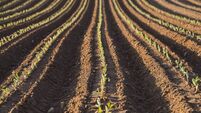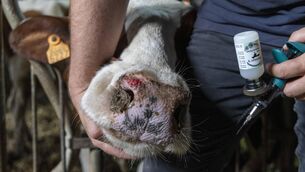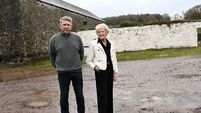Making the most of our rural hedgerows
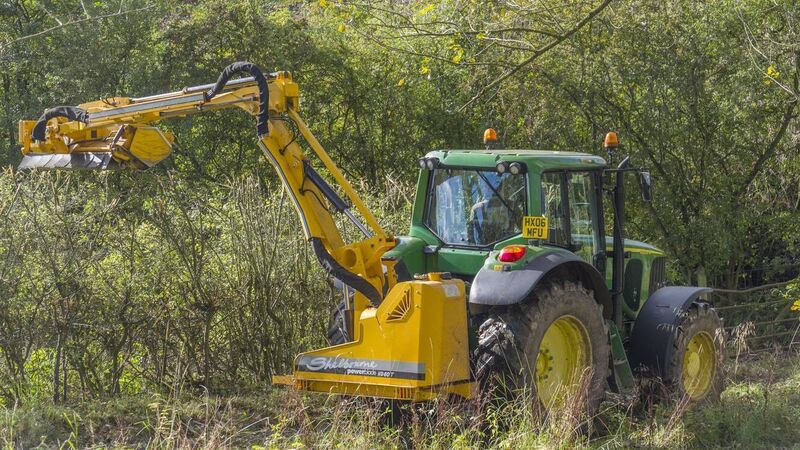
Hedges support bees, moths, butterflies, and small mammals such as hedgehogs and shrews that live at their base.
Hedges are among the most important habitats in agricultural landscapes because they are so widespread. They play a significant role in sequestering and storing carbon, helping farms contribute to climate action. They regulate water, helping to reduce the risk of flooding and they filter water, keeping silt and nutrients out of rivers and streams.
Hedges are habitats for a wide range of wildlife. Over half of Ireland’s bird species — 55 in total — rely on hedges, with 35 species using them for nesting.
All nine of our bat species use them as corridors of movement as well as for foraging and roosting. Hedges support bees, moths, butterflies, and small mammals such as hedgehogs and shrews that live at their base. Hedges also act as networks for nature, enabling wildlife to move safely through farmland and the wider countryside.
We need healthy hedges. In summer, all hedges look good — their structure hidden by vegetation — both their leaves and ground vegetation growing alongside.
The time to assess the health of hedges is in the winter when they are dormant without their leaves. Light incremental trimming results in dense growth and healthy hedges, avoiding rough cuts.
We need flowers, fruit and nuts for bees, birds and mammals. Where hedges are regularly cut, we cannot depend on the body of trimmed hedges to produce flowers and fruit. So, a whole farm hedge management strategy is needed to ensure hedges remain healthy and productive for wildlife and farming alike.
For management purposes, hedges fall into two categories: Topped hedges and treeline hedges. And we want both!
A few key principles are important to understand. Whitethorn wants to grow into a single-stemmed tree with a canopy full of flowers and haws. Topped/managed hedges are a man-made habitat. Treeline hedges are effectively narrow linear woodland.
The biodiversity value of treeline hedges is primarily in the canopy. And while they can be rejuvenated at the base by laying, these hedges are at high risk of being cut down incorrectly into stumpy upside down toilet brush hedges which have no base to support the hedge and repeated cutting at the same height results in death by a thousand cuts.
We need to value these treeline hedges and aim for at least 50% of hedges on our farms to be treeline hedges — often present on mearnings / external boundaries.
Treeline hedges do not need to be cut. Never top, but overhanging branches can be cut if they are causing interference. Scrub encroachment is addressed by grazing or cutting adjoining vegetation.
The biodiversity value of topped hedges is primarily in the dense base, providing nest sites for birds and cover for small mammals. Topped hedges can still have some of the canopy biodiversity when occasional thorn trees are allowed to grow up and mature to flower and fruit freely.
Best-practice management is to allow them to grow as tall and as wide as possible, the bulkier the better, in a triangular profile to allow light to the base.
Apical dominance, where the whitethorn shrubs want to grow into trees, is managed by topping the growing point to prevent ‘escaping’ into a treeline hedge. Light incremental trimming does not shatter stems and allows disease in.
Little and often results in dense growth and healthy hedges. Retain a clump/bunch of thorn saplings from within every topped hedge this autumn.
For farmers and contractors, the message is clear: think before cutting. Together we could transform the countryside — starting this autumn, with two actions. Leave one clump/bunch of thorn saplings in every topped hedge, and retain or allow half of your hedges to escape into treeline hedges.



